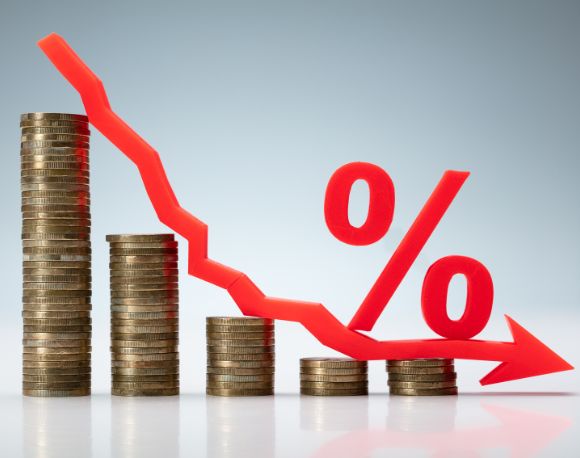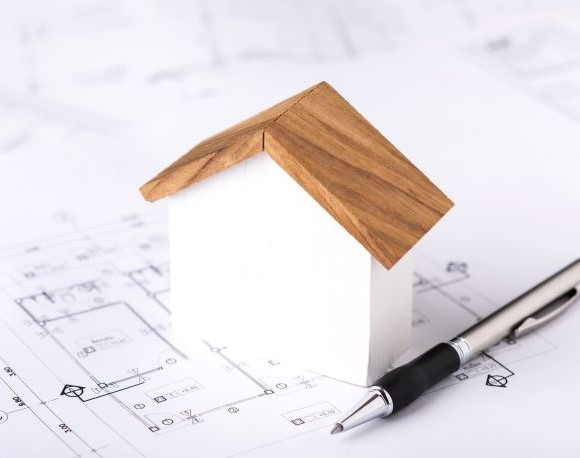July 7, 2025
As Washington state lawmakers push ambitious clean energy mandates, a new report offers a critical look at the hidden environmental and economic costs of wind and solar energy.
While wind turbines, solar panels and battery storage are often hailed as environmentally friendly solutions, Shattered Green Dreams by Sarah Montalbano of the Center of the American Experiment argues they come with significant tradeoffs that policymakers—and the public—must consider.
Hidden costs
BIAW has already publicized the high cost of retrofitting existing homes and businesses to meet green energy mandates, like banning natural gas. The association has also objected to building code mandates for EV charging capability in all new construction due to the added cost to homeowners.
Montalbano’s new report highlights other costs green energy zealots gloss over in their pursuit of an all-electric future.
Massive material demands
Wind and solar require vast amounts of steel, concrete, copper and rare earth minerals—many of which are mined in countries with poor environmental and labor standards.
The International Energy Agency (IEA) estimates the world needs 50 more lithium mines, 60 more nickel mines and 17 more cobalt mines to meet demand. Global copper demand will likely double, and mines will only be able to meet 70 percent of the forecasted demand.

Serious land use impacts
Wind and solar need 10 times more land than traditional energy sources to produce the same power. This disrupts wildlife habitats, threatens farmland and can create conflicts with local zoning.
Washington needs more than 1 million homes over the next 20 years—and builders need all the land they can get to build those homes.
Wildlife and ecological damage
Wind turbines are linked to the deaths of hundreds of thousands of birds and bats annually. Offshore wind farms may harm endangered whale populations. Solar projects affect birds and fragile desert ecosystems.
Shorter lifespans and costly waste
Wind turbines and solar panels typically last 20–25 years—half the life of natural gas or nuclear plants. Recycling pathways are limited, meaning much of the waste ends up in landfills.
Dependence on foreign supply chains
The U.S. imports many critical minerals from other countries like China. Relying on these nations for energy infrastructure poses risks to national security and grid reliability.

Why it matters
The push for green energy affects more than just utilities—it impacts land availability, permitting processes, infrastructure costs and energy reliability.
As the state expands wind and solar projects, these hidden costs could influence housing prices, construction timelines and the viability of projects in rural and suburban communities.
BIAW encourages policymakers and stakeholders to take a balanced, realistic look at all energy sources. Every option has tradeoffs.
This report reminds us that a truly sustainable future must consider not just carbon emissions—but the full life cycle impacts on land, communities, and the environment.








